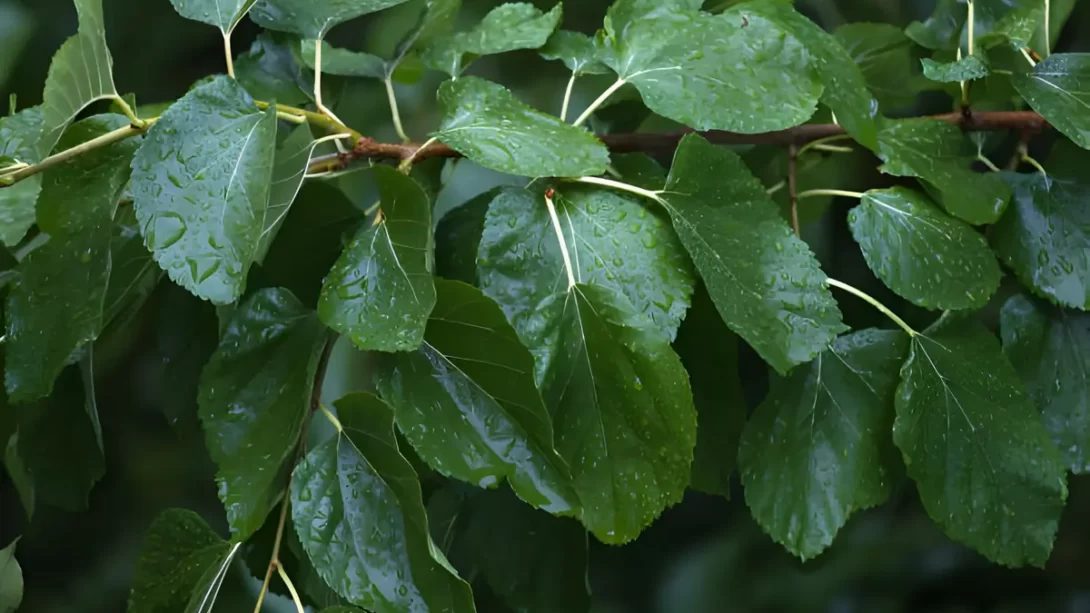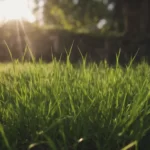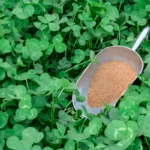Mulberry trees, known for their bountiful fruit and fast growth, can sometimes become more of a challenge than a blessing in gardens and landscapes. While they offer benefits like shade and fruit, their aggressive root systems, copious pollen production, and tendency to sprout unwanted seedlings often lead gardeners to consider their removal. In this article, we will provide comprehensive steps to safely and effectively remove a mulberry tree, ensuring your garden remains a thriving and manageable space.
Mulberry Trees
Mulberry trees, belonging to the Morus genus, are popular in many gardens for their rapid growth and fruitful bounty. They come in several varieties, such as the red, white, and black mulberry, each with unique characteristics. However, they share common traits like broad leaves, deep root systems, and a propensity to spread quickly. These trees are known for their resilience and adaptability, but this can also make them invasive in certain environments. They can interfere with other plantings, damage foundations or pavements with their roots, and require frequent cleanup of fallen fruit and leaves.
Legal and Environmental Considerations
Before embarking on the removal of a mulberry tree, it’s crucial to understand and respect local regulations. Many regions have specific laws regarding tree removal, especially for trees of a certain size or in specific locations. Always check with local authorities or a professional arborist to ensure compliance with these regulations. Additionally, consider the environmental impact of removing a tree. Trees play a vital role in ecosystems, offering habitats for wildlife and contributing to air quality. If removal is necessary, planning for replacement with a more suitable tree or plant species can help maintain ecological balance.
Methods for Removing Mulberry Trees
Mechanical Removal
Mechanical removal is a direct approach to eliminating a mulberry tree. It involves physically cutting down the tree and removing its root system. Start by cutting the tree down to a manageable size, ensuring safety is the priority. Use appropriate safety gear like gloves, goggles, and hard hats. Once the tree is down, the real challenge begins with the roots. Mulberry roots can be extensive and tough to remove. Digging them out is labor-intensive but effective. This method may require tools like a shovel, axe, or a root saw. For larger trees, professional help or machinery like a stump grinder might be necessary.
Chemical Treatment
Chemical treatment involves applying herbicides to kill the mulberry tree. This method can be effective for larger trees where mechanical removal is impractical. However, it requires careful handling and adherence to safety guidelines. Herbicides should be selected based on their effectiveness on mulberry trees and environmental safety. The application can be done by drilling holes into the trunk and applying the herbicide directly, which helps to minimize the impact on surrounding plants. Always follow the manufacturer’s instructions and local regulations regarding chemical use.
Natural Methods
For those seeking an eco-friendlier approach, natural methods like girdling can be employed. Girdling involves removing a strip of bark from around the tree’s circumference. This method interrupts the tree’s ability to transport nutrients and water, eventually killing it. This method is slower than mechanical or chemical methods but is less invasive and safer for the environment. It requires careful execution to ensure that the girdling is complete and effective.
Post-Removal Care
Once the mulberry tree is removed, it’s important to manage the aftermath. The remaining stump can be ground down or left to naturally decompose, depending on your preference and garden design. If leaving the stump, consider converting it into a garden feature, like a planter or a natural seat. If you choose to remove it, stump grinders are effective but require careful handling or professional assistance. After stump removal, fill the hole with soil and consider replanting with a suitable tree or plant species that complements your garden without the invasive tendencies of the mulberry.
Prevention and Management
After successfully removing a mulberry tree, it’s crucial to implement strategies to prevent future unwanted growth. Mulberry trees can regenerate from remaining roots or seeds, so vigilance is key. Regularly inspect your garden for new seedlings and remove them promptly. Applying a layer of mulch can help suppress the growth of new seedlings. Additionally, consider planting native or non-invasive species that won’t aggressively spread like mulberries.
To manage your garden space effectively, maintain a regular schedule of pruning and monitoring of surrounding trees and plants. This helps in identifying potential issues early, such as the encroachment of invasive species or the sprouting of new mulberry seedlings. Employing natural deterrents or barriers can also be beneficial in controlling the spread of unwanted plants.
Conclusion
Removing a mulberry tree from your garden can be a challenging but necessary task for maintaining the health and aesthetics of your landscape. Whether you choose mechanical, chemical, or natural methods, it’s important to do so responsibly, keeping in mind environmental impacts and local regulations. Post-removal care is equally vital in ensuring that your garden remains beautiful and functional. Prevention and management strategies will help you maintain a balanced and enjoyable outdoor space, free from the challenges posed by invasive mulberry trees. By following these guidelines, gardeners can ensure their efforts in tree removal are successful and sustainable, contributing to a healthier and more vibrant garden ecosystem.



